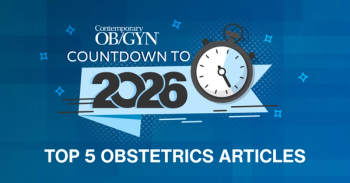
Osteoporotic fracture risk predicted via algorithms
Investigators have developed and validated 2 new fracture risk algorithms for estimating the individual risk of osteoporotic fracture or hip fracture over a 10-year time period.
Investigators have developed and validated 2 new fracture risk algorithms for estimating the individual risk of osteoporotic fracture or hip fracture over a 10-year time period. Researchers used data from more than 2 million male and female patients between the ages of 30 and 85 years from 574 general practices in England and Wales, gleaned over a 15-year period. Two-thirds of practices were allocated to the derivation dataset and the remaining third to the validation dataset (practices from which data were not used to develop the algorithms).
According to the study, reported in the British Medical Journal, osteoporotic fracture risk in women was significantly and independently associated with use of hormone replacement therapy, age, smoking status, alcohol use, parental history of osteoporosis, rheumatoid arthritis, cardiovascular disease, type 2 diabetes, asthma, use of tricyclic antidepressants or corticosteroids, history of falls, menopausal symptoms, chronic liver disease, gastrointestinal malabsorption, and other endocrine disorders. However, not all of these variables were associated with risk of hip fracture.
Because the algorithms can predict fracture risk without laboratory measurements, they are suitable in both clinical settings and for self-assessment. A questionnaire and calculator of 10-year risk for osteoporotic fracture or hip fracture based on the algorithms are available at
Newsletter
Get the latest clinical updates, case studies, and expert commentary in obstetric and gynecologic care. Sign up now to stay informed.




